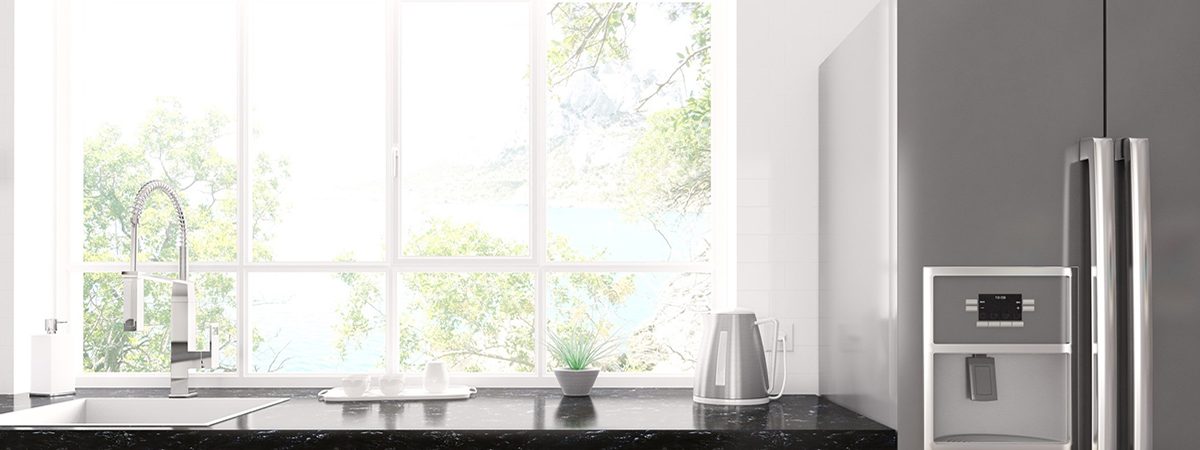
How To Troubleshoot Your Dishwasher Before Thanksgiving
November 18, 2020
Why Is My Whirlpool Dishwasher Not Drying The Dishes?
December 4, 2020Is your LG refrigerator not cooling properly, but the built-in freezer is still working fine? While this can be a major inconvenience, not to mention that it can start costing you money if your food begins to spoil, there are a few simple troubleshooting steps that you can take to get your unit back to normal working order.
However, if you’re unsure of how to proceed, please don’t hesitate to contact us for professional appliance help today!
What May Cause Your LG Refrigerator To Stop Cooling?
If your refrigerator stops cooling, the evaporator fan, diffuser, temperature control thermostat, or door gasket are usually to blame. Below, we’ll take a look at how you can confirm that one, or more of these parts is causing your issue.
Broken Evaporator Fan
An LG refrigerator evaporator fan is responsible for drawing warm air out and dispersing it away from your unit’s evaporator coils. At the same time, cold air is blown back into the refrigerator to keep your food cold, and at the right temperature. However, if your LG refrigerator’s evaporator fan is broken, cold air won’t be able to circulate inside your unit, and hot air won’t be displaced away from it either.
You can run a simple test to determine whether or not the evaporator fan is broken. Open the refrigerator door. You shouldn’t be able to hear the fan running. Close the refrigerator door and wait. After a few minutes, the evaporator should kick back on. If you don’t hear the evaporator fan running whatsoever, it’s likely malfunctioning or broken.
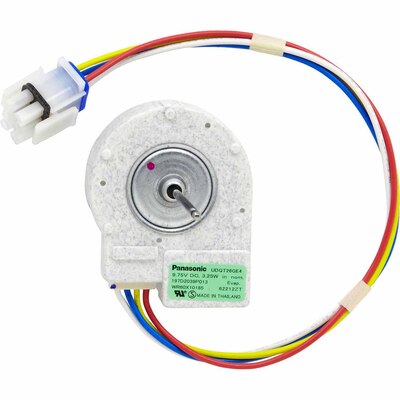
Broken Door Gasket
The door gasket prevents cold air from escaping your LG refrigerator. If the door gasket is cracked, ripped, or broken, it won’t create the perfect seal. Cold air will escape and lower the temperature inside your refrigerator. Visually inspect the door gasket. If you see any signs of damage, it needs replacing.
Another great test is to close the refrigerator door on a slip of paper. If the paper doesn’t move, the door gasket is working well. If the paper falls out, you need to replace the door gasket.
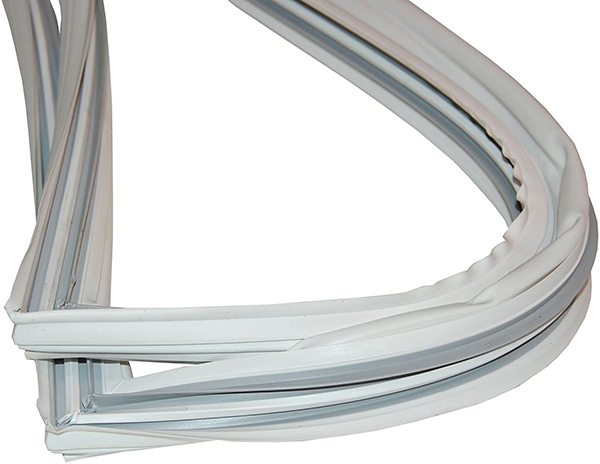
Malfunctioning Diffuser
An LG refrigerator diffuser controls the cold air that flows from the freezer into the fresh-food section. If the freezer remains cool, but the refrigerator is warm, it’s likely the diffuser is the problem. It’s best to contact a professional to fix the diffuser. The diffuser on modern refrigerator models is often connected to a control board. Therefore, fixing a diffuser requires more skill than other refrigeration repairs.
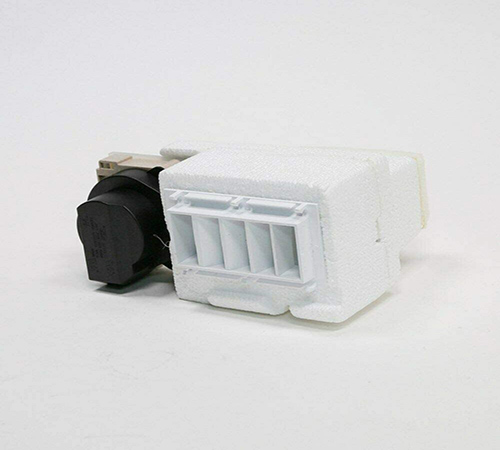
Why Should You Rely On Professionals When It Comes To LG Refrigerator Repair?
If you’ve made necessary repairs, and your LG refrigerator still won’t cool, contact a professional. Trying to fix the problem on your own might do more harm than good. And the last thing you want is to be stuck buying a new appliance or replacing parts that were broken. Rely on a professional to quickly assess, find, and fix your LG refrigerator problem. A professional will get your refrigerator back in working order in no time, guaranteed!

Free
Service Call

Same Day
Repairs

Warranty on Parts
up to 5 Years
No
Hidden Fees
[cp_popup display=”inline” style_id=”2523″ step_id = “1”][/cp_popup]
Faulty Temperature Control Thermostat
If your LG refrigerator is too cold or too hot, check the temperature control thermostat, which may have been adjusted by accident. The control thermostat keeps your food and drinks at the perfect temperature, so if it’s been adjusted accidentally, this could be the reason why your fridge isn’t as cold as it used to be.
Alternatively, your temperature control thermostat might need a reset. To reset your temperature control thermostat, turn the power to your LG refrigerator off. Turn the refrigerator controls to ‘0’ or ‘off.’ Then it back to your desired setting, plug the fridge back into the outlet and check to see if the temperature returns to normal. If the temperature doesn’t return to normal, you also can test the thermostat using a multimeter. At this point, however, it’s a good idea to contact a professional for servicing.
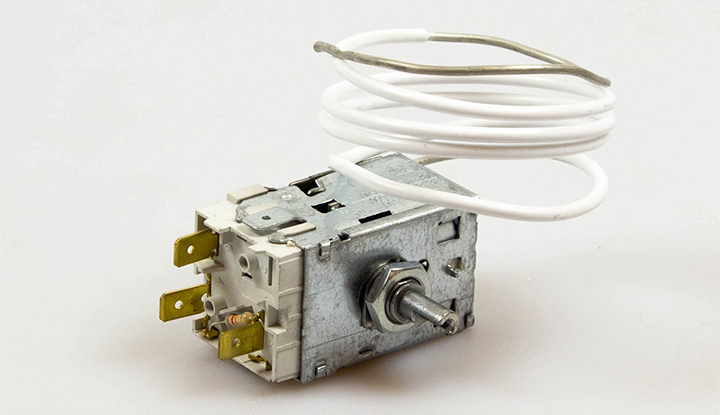
Refrigerator Troubleshooting Tips
Before you call in a professional, make sure to go over the following troubleshooting tips first.
- Check the Power – Sometimes the circuit breaker or old power cord can interfere with your LG refrigerator. Check to make sure that the power is on and working well.
- Frost Build-Up – Check for frost build up in the freezer. If there’s a lot of frost, it can block the vents and prevent cold air from reaching the refrigerator.
- Clean the Coils – Refrigerator coils collect dust and other debris. Over time, this causes refrigeration issues. Aim to clean your refrigerator coils every six months.
- Keep up Regular Maintenance – Regular refrigerator maintenance helps to keep it working well. For best results, service your refrigerator every six months.
- Clear the Vents – Make sure nothing is blocking the refrigerator vents. The refrigerator won’t cool correctly if the ducts are blocked.
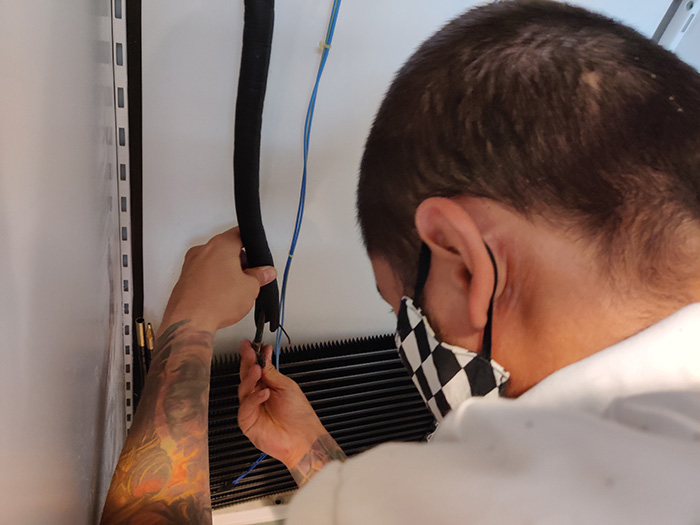
Get professional assistance today!
Need a hand diagnosing or repairing your LG refrigerator? Don’t hesitate to contact Denver Appliance Repair for all your refrigerator servicing needs.
Related posts
